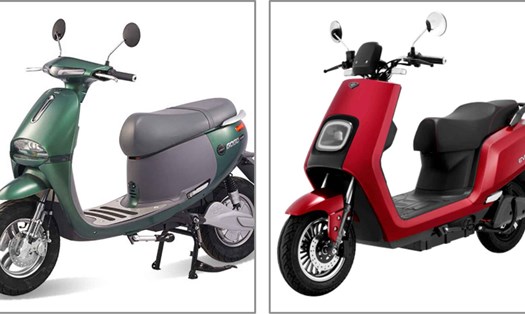The electric vehicle market in Europe is facing a "continuous downward trajectory". The decline of electric vehicles (BEVs) that is present across Europe has prompted automakers to adjust their development strategies for this car line in the short term.
According to sales data released by the European Automobile Manufacturers' Association (ACEA) in August, BEV sales reached a total of only 92,627 vehicles, down sharply by 43.9% compared to the same period last year (165,204 vehicles). This sharp decline caused BEV's market share to decrease to 14.4% (down from 21% previously).
It is known that this is the 4th consecutive month of declining sales, mainly due to a sharp decline in Europe's largest electric vehicle markets. For example, the German auto market saw a staggering 68.8% decline. Meanwhile, the French market was no less impressive with a decrease of up to 33.1%.
However, the decline in the electric vehicle segment was also affected by the total sales of the entire market. At the end of August 2024, total new vehicle registration sales reached only 643,637 vehicles, down 18.3% over the same period last year. It can be said that this is the lowest sales result in the past 3 years.
On the other hand, sales of gasoline-powered cars decreased by 17.1%, reaching about 213,057 cars. Diesel vehicle sales fell 26.4%, equivalent to 72,177 vehicles, while plug-in hybrid vehicles (PHEVs) fell 22.3% to 45,590 vehicles sold. However, only hybrid vehicles (HEVs) grew, recording an increase of 6.6% with 201,552 vehicles.
Meanwhile, up to now, the market share of electric vehicles in Europe is only 12.6% with 902,011 new registrations. This shows the alarming situation for the automobile industry in general in Europe.
This is largely due to the fact that many automakers have poured billions of dollars into electrification efforts to comply with strict regulations on CO2 emissions, as well as prepare for the upcoming ban on internal combustion engine (ICE) vehicles in Europe by 2035. However, they are still facing the reality that consumers are not switching to electric vehicles as quickly as initially predicted.
In its latest statement, the ACEA has pointed out a number of key factors that have caused the electric vehicle market to fall into a "continuous downward trajectory". Among them, the main challenges can be seen as inadequate charging infrastructure, fierce competition in production, inadequate tax incentives to stimulate car purchases, and unstable supply of essential materials, etc.







